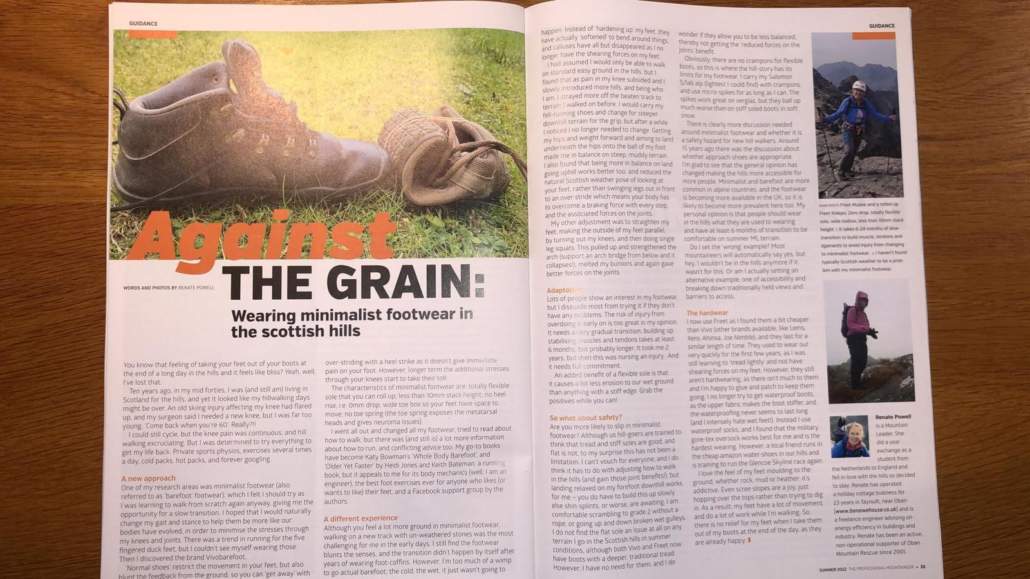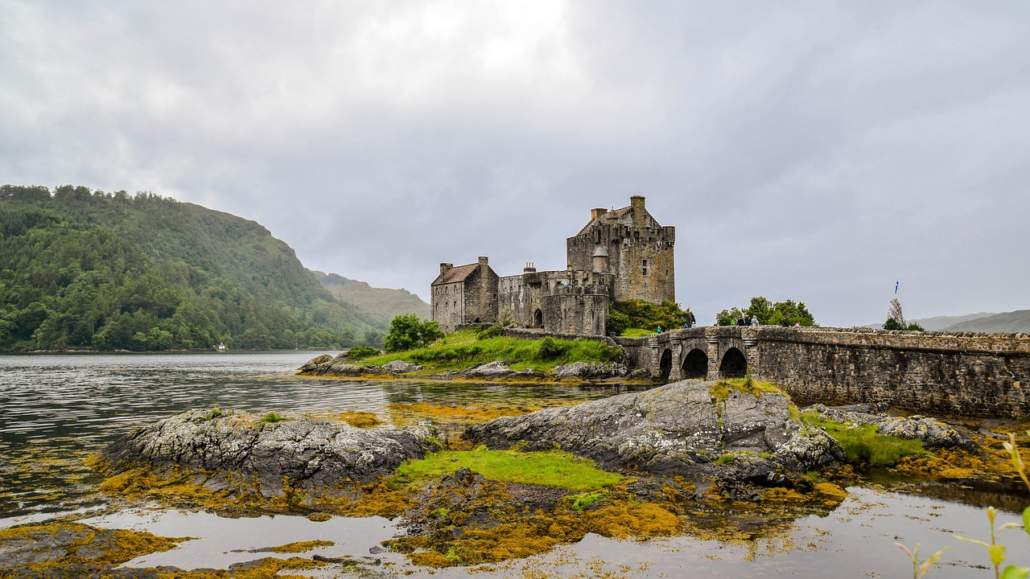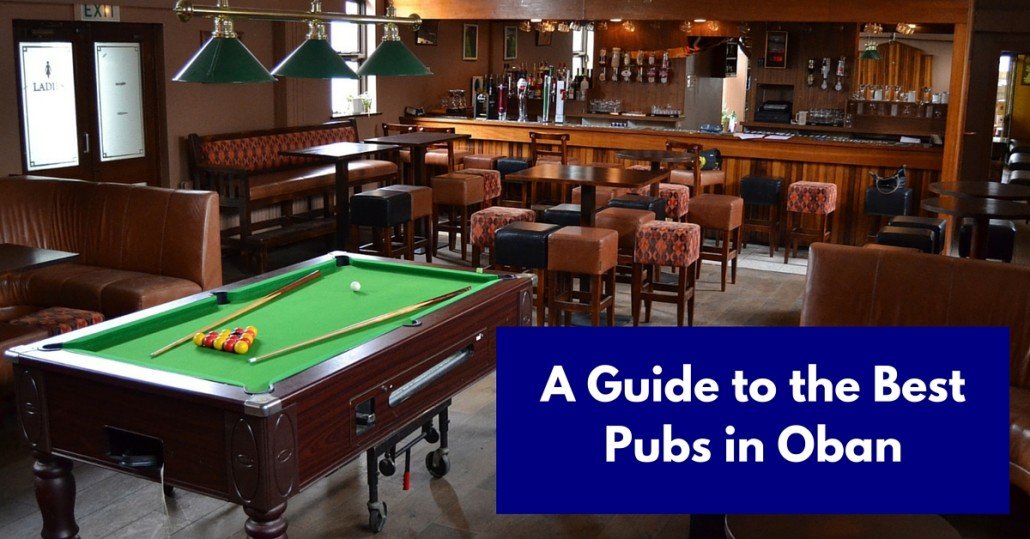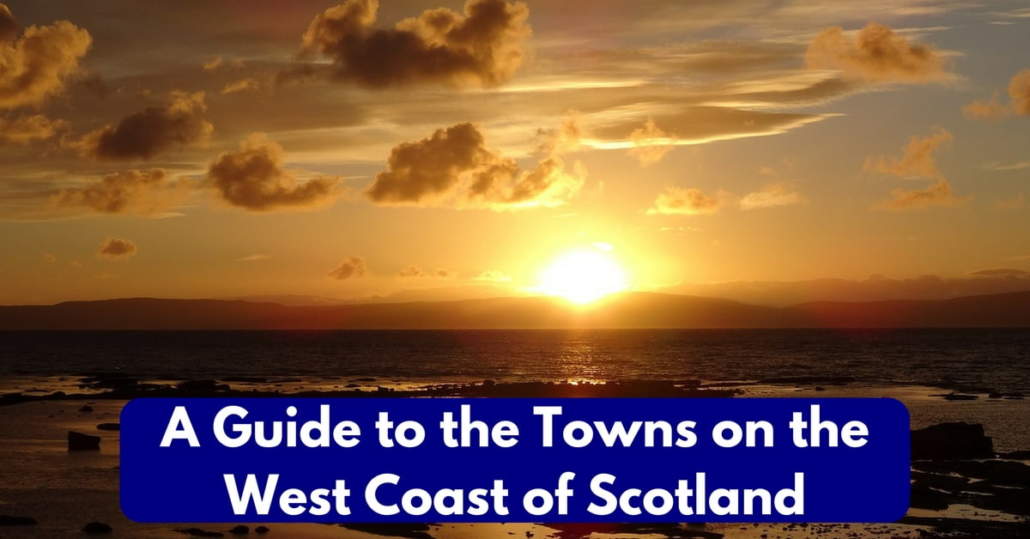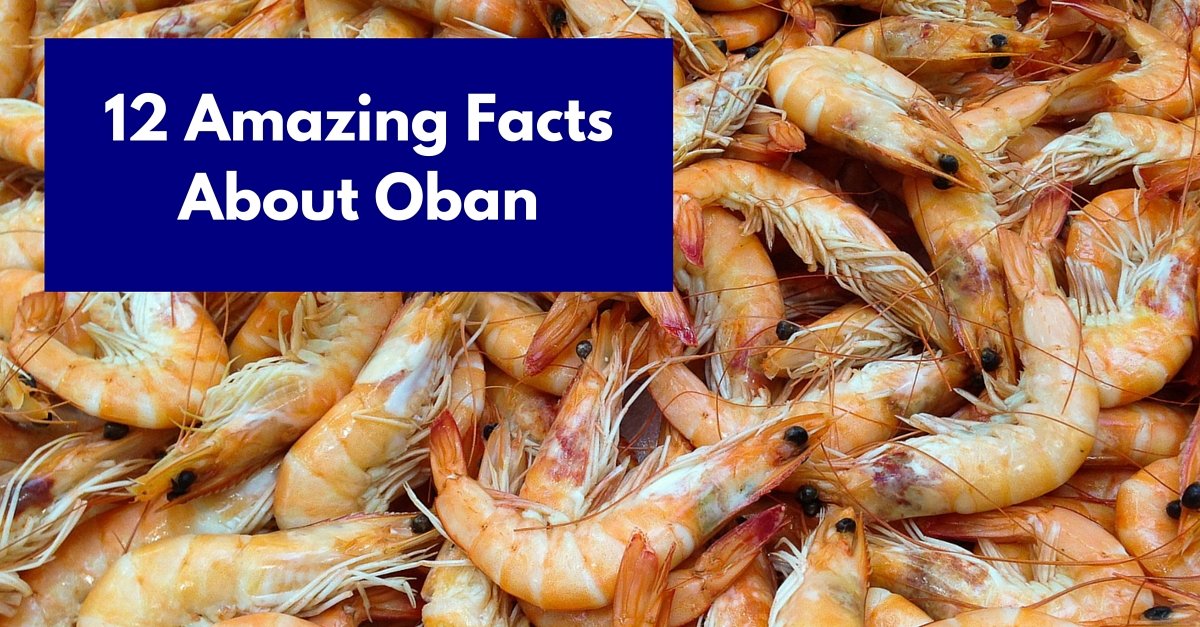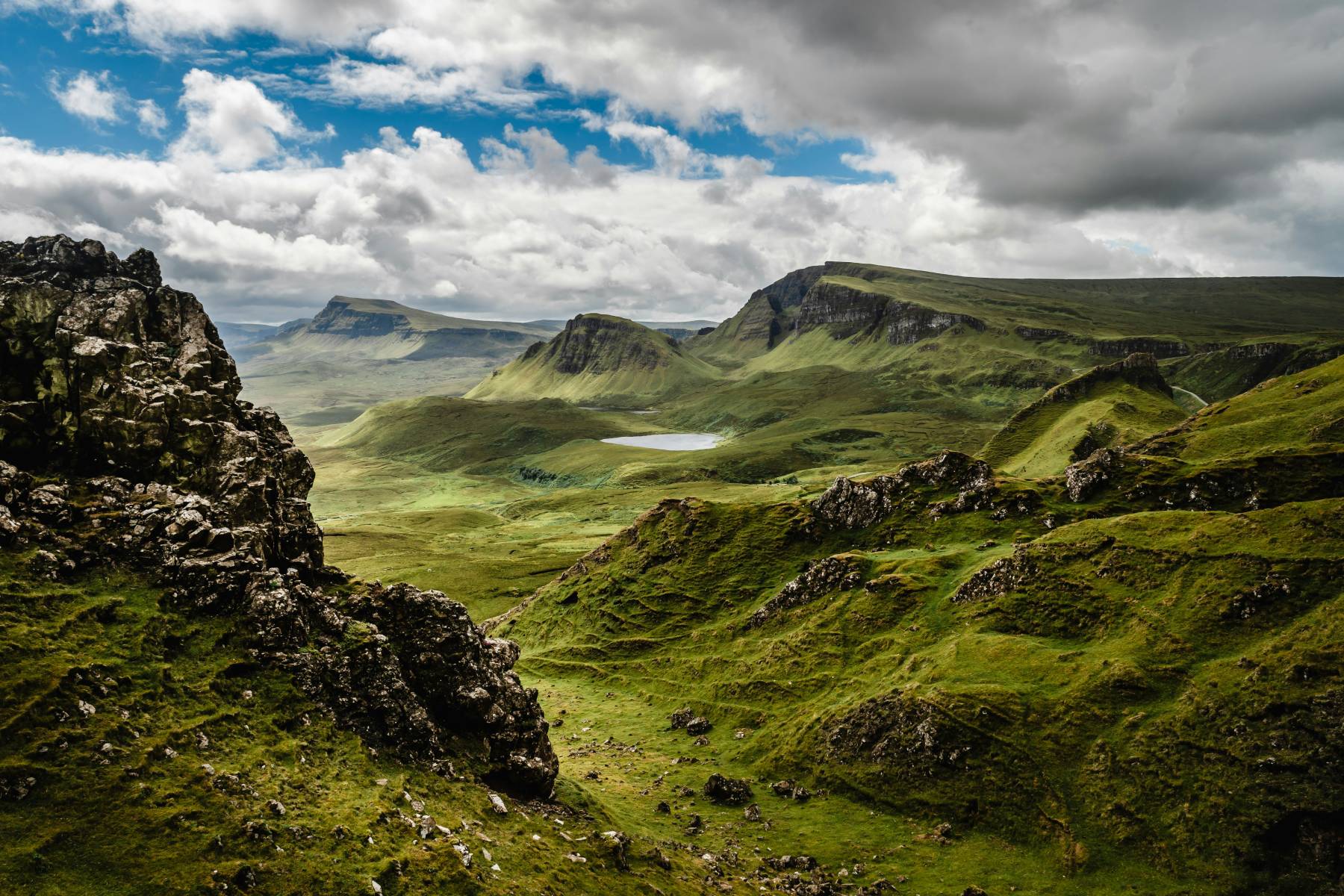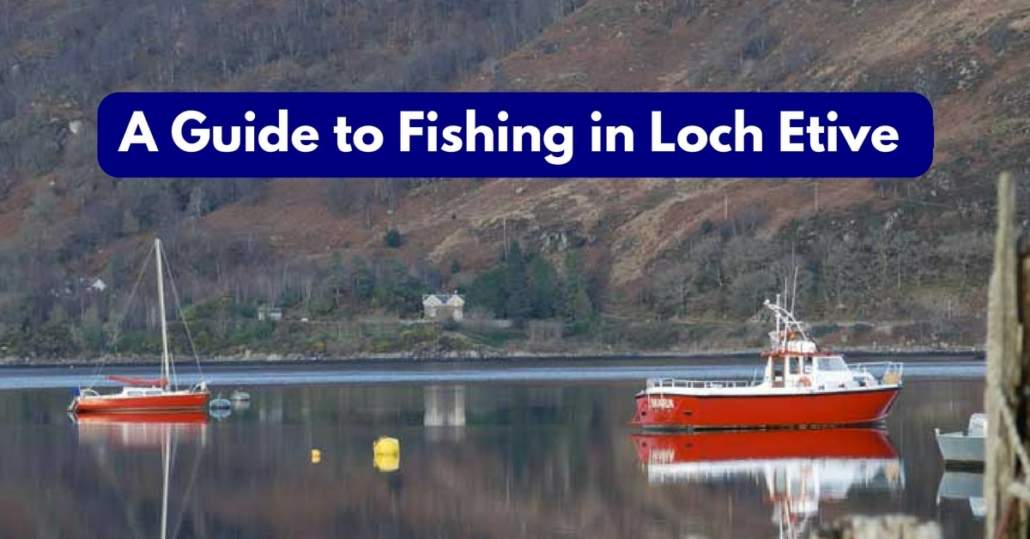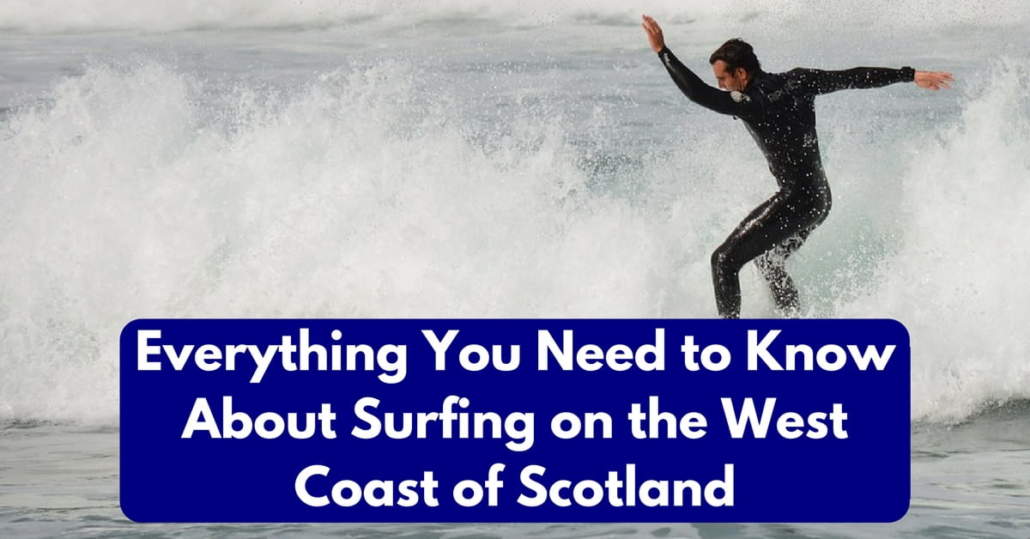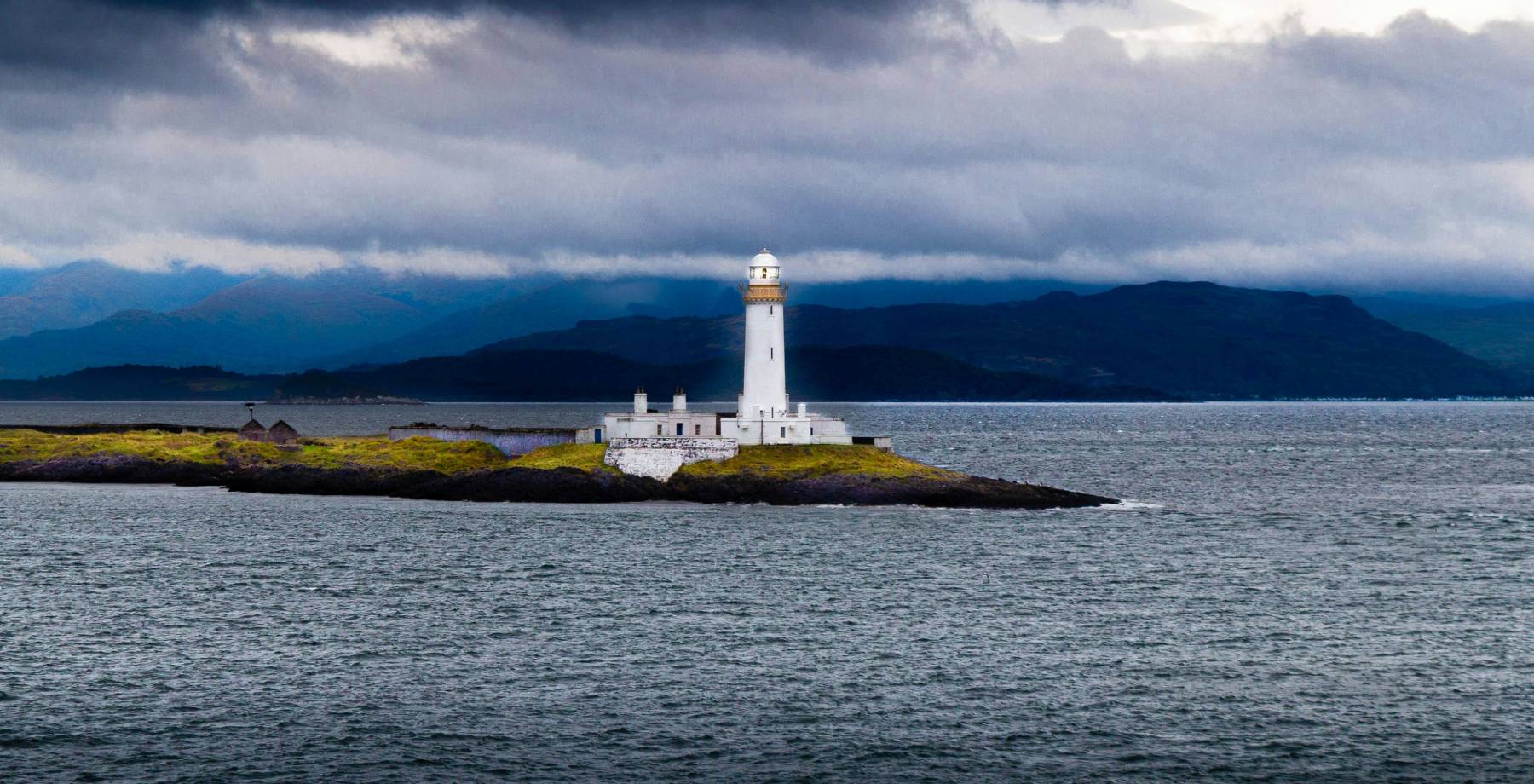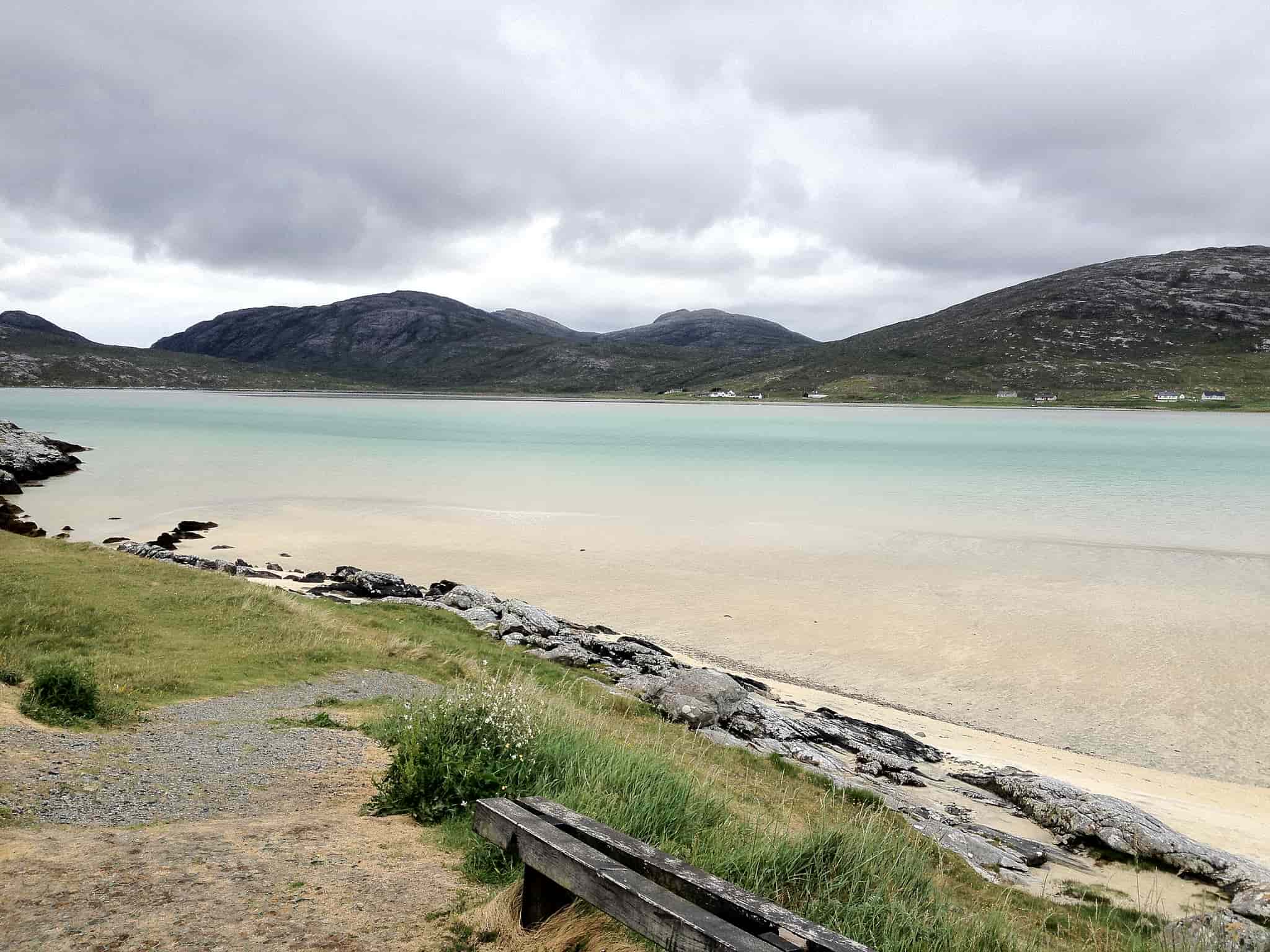Time to resurrect our blog for Bonawe House Holiday Cottages, as we have decided that it will serve as our personal blogs, as well as the business blog, hopefully providing interest for everyone! Of course I need to add our website link too bonawe.dev600.com
I recently wrote an article for the magazine ‘The Professional Mountaineer’, a magazine for members of Mountain Training who hold the mountain Leader (ML) qualification or above. Below is the pre-edited version.
Against the grain – wearing minimalist footwear in the Scottish Hills
You know that feeling of taking your feet out of your boots at the end of a long day in the hills and feels like bliss? Yeah, well, I’ve lost that.
Ten years ago, in my mid forties, I was (and still am) living in Scotland for the hills, and yet it looked like my hillwalking days might be over. An old knee skiing injury had flared up, and my surgeon said I needed a new knee, but I was far too young. ‘Come back when you’re 60’. Really ?!
I could still cycle, but the knee pain was continuous, and hill walking excruciating. But I was determined to try everything to get my life back. Private sports physios, exercises several times a day, cold packs, hot packs, and forever googling.
A new approach
One of my research areas was minimalist footwear (also referred to as ‘barefoot’ footwear), which I felt I should try as I was learning to walk from scratch again, giving me the opportunity for a slow transition. I hoped that I would naturally change my gait and stance to be more like our bodies evolved in order to minimise the stresses through my knees and joints. There was a trend in running for the five fingered duck feet, but I couldn’t see myself wearing those. Then I discovered the brand Vivobarefoot.
‘Normal shoes’ restrict the movement in your feet, but also blunt the feedback from the ground, so you can ‘get away’ with over-striding with a heel strike as it doesn’t give immediate pain on your foot. However, longer term the additional stresses through your knees start to take their toll.
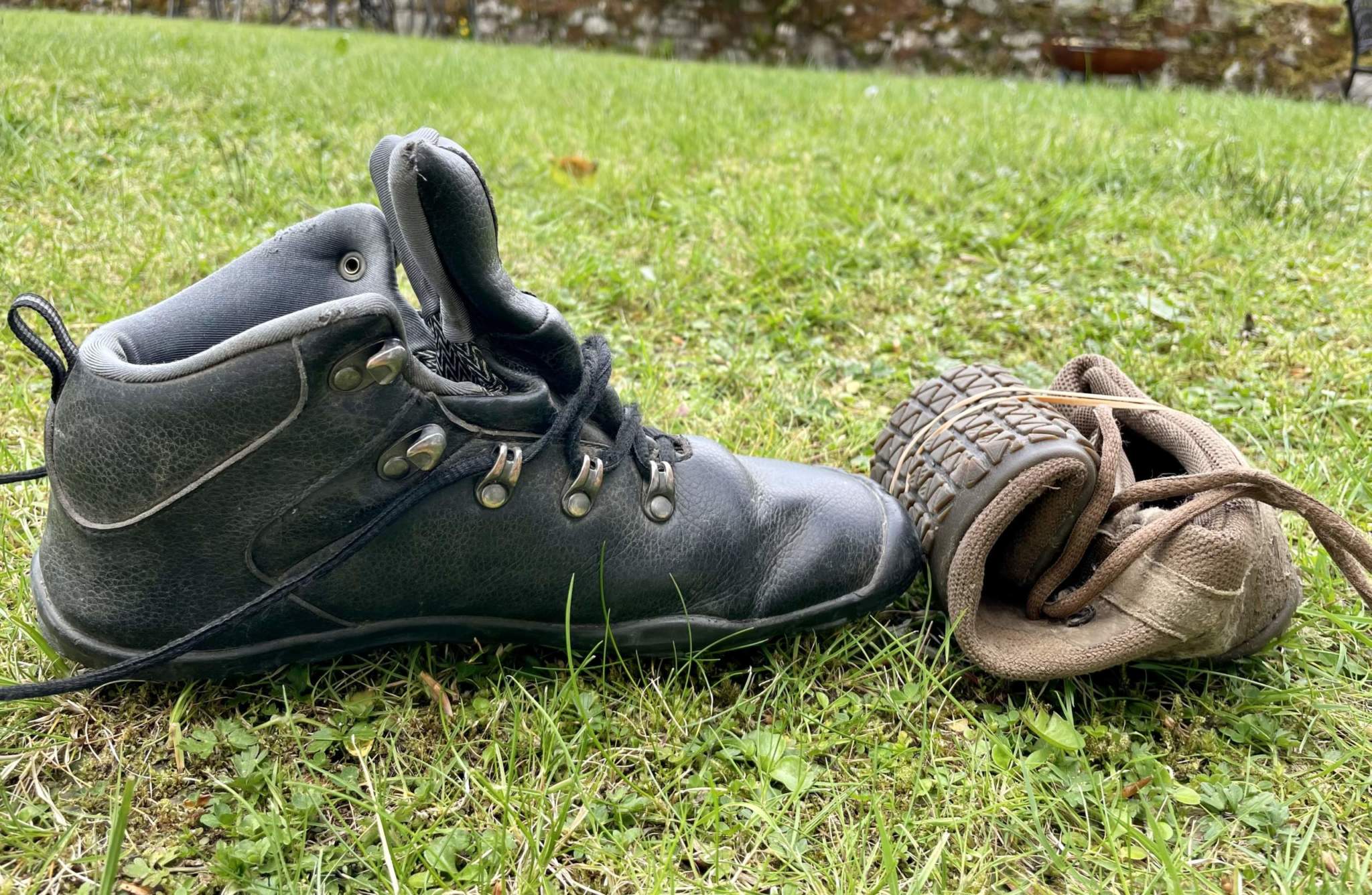
I went all out and changed all my footwear, tried to read about how to walk, but there was (and still is) a lot more information about how to run, and conflicting advice too. My go-to books for advice have become Katy Bowman’s ‘Whole Body Barefoot’, and ‘Older Yet Faster’ by Heidi Jones and Keith Bateman, a running book, but it appeals to me for its body mechanics (well, I am an engineer), the best foot exercises ever for anyone who likes (or wants to like) their feet, and a Facebook support group by the authors.
A different experience
Although you feel a lot more ground in minimalist footwear, walking on a new track with un-weathered stones was the most challenging for me in the early days. I still find the footwear blunts the senses, and the transition didn’t happen by itself after years of wearing foot-coffins. However, I’m too much of a wimp to go actual barefoot; the cold, the wet, it just wasn’t going to happen. Instead of ‘hardening up’ my feet, they have actually ‘softened’ to bend around things, and calluses have all but disappeared as I no longer have the shearing forces on my feet.
I had assumed I would only be able to walk on standard easy ground in the hills, but I found that as pain in my knee subsided and I slowly introduced more hills, and being who I am, I strayed more off the beaten track to terrain I walked on before. I would carry my fell-running shoes and change for steeper downhill terrain for the grip, but after a while I noticed I no longer needed to change. Getting my hips and weight forward and aiming to land underneath the hips onto the ball of my foot made me in balance on steep, muddy terrain. I also found that being more in balance on landing going uphill works better too, and reducing the natural Scottish weather pose of looking at your feet, rather than swinging legs out in front to an over-stride that means your body has to overcome a braking force with every step, and associated forces on the joints.
My other adjustment was to straighten my feet, making the outside of my feet parallel, but turning out my knees, and then doing single leg squats. This pulled up and strengthened the arch (support an arch bridge from below and it collapses!), melted my bunions and again gave better forces on the joints.
Adaptation
Lots of people show an interest in my footwear, but I dissuade most from trying it if they don’t have any problems. The risk of injury from overdoing it early on is too great in my opinion. It needs a very gradual transition, building up stabilising muscles and tendons takes at least 6 months, but probably longer. It took me 2 years, but then this was nursing an injury. And it needs full commitment. I made sure the placebo affect also fully kicked in as I felt I needed all the help I could get.
An added benefit of a flexible sole is that it causes a lot less erosion to our wet ground than anything with a stiff edge.
So what about safety?
Are you more likely to slip in minimalist footwear? Although us hill-goers are trained to think that tread and stiff soles are good, and flat is not, to my surprise this has not been a limitation. I can’t vouch for everyone, and I do think it has to do with adjusting how to walk in the hills (and gain those joint benefits!), but landing relaxed on my forefoot downhill works for me – you do have to build this up slowly else shin-splints, or worse, are awaiting. I am comfortable scrambling to grade 2 without a rope, or going up and down crappy broken wet gulleys. I do not find the flat sole an issue at all on any terrain I go in the Scottish hills in summer conditions, although both Vivo and Freet now have boots with a deeper, traditional tread. However, I have no need for them, and I do wonder if they allow you to be less balanced, thereby not getting the ‘reduced forces on the joints’ benefit.
Obviously, there are no crampons for flexible boots, so this is where the hill-story has its limits for my footwear. I carry my Salomon S/lab alp (lightest I could find) with crampons, and use micro-spikes for as long as I can. The spikes work great on verglas, but they ball up much worse than on stiff soled boots in soft snow.
There is clearly more discussion needed around minimalist footwear and whether it is a safety hazard for new hill walkers. Around 15 years ago there was the discussion about whether approach shoes are appropriate. I’m glad to see that the general opinion has changed making the hills more accessible for more people. Minimalist and barefoot is more common in alpine countries, and the footwear is becoming more available in the UK, so it is likely to become more prevalent here too. My personal opinion is that people should wear in the hills what they are used to wearing and have at least 6 months of transition to be comfortable on summer ML terrain.
Do I set the ‘wrong’ example? Most mountaineers will automatically say yes, but hey, I wouldn’t be in the hills anymore if it wasn’t for this. Or am I actually setting an alternative example, one of accessibility and breaking down traditionally held views and barriers to access.
The Hardwear
I now use Freet as I found them a bit cheaper than Vivo (other brands available, like Lems, Xero, Ahinsa, Joe Nimble), and they last for a similar length of time. They used to wear out very quickly for the first few years, as I was still learning to ‘tread lightly’ and not have shearing forces on my feet. However, they still aren’t hardwearing, as there isn’t much to them and I’m happy to glue and patch to keep them going. I no longer try to get waterproof boots, as the upper fabric makes the boot stiffer, and the waterproofing never seems to last long (and I intensely hate wet feet!). Instead I use waterproof socks, and I found that the military gore-tex oversock works best for me and is the hardest wearing. However, a local friend runs in the cheap amazon water-shoes in our hills and is training to run the Glencoe Skyline race again.
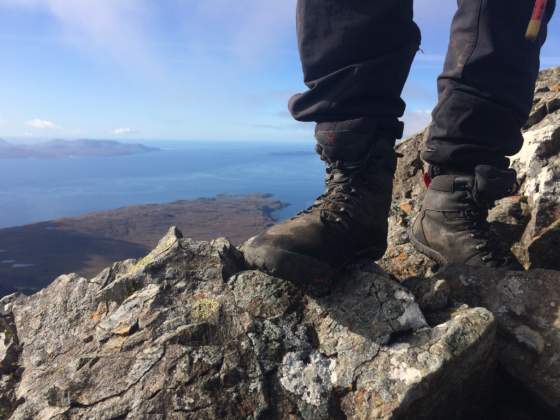
The characteristics of minimalist footwear are: totally flexible sole that you can roll up; less than 10mm stack height; no heel rise, i.e. 0mm drop; wide toe box so your feet have space to move; no toe spring (the toe spring exposes the metatarsal heads and gives neuroma issues).
I love the feel of my feet moulding to the ground, whether rock, mud or heather: it’s addictive. Even scree slopes are a joy, just hopping over the tops rather than trying to dig in. As a result, my feet have a lot of movement and do a lot of work while I’m walking. So, there is no relief for my feet when I take them out of my boots at the end of the day, as they are already happy.
